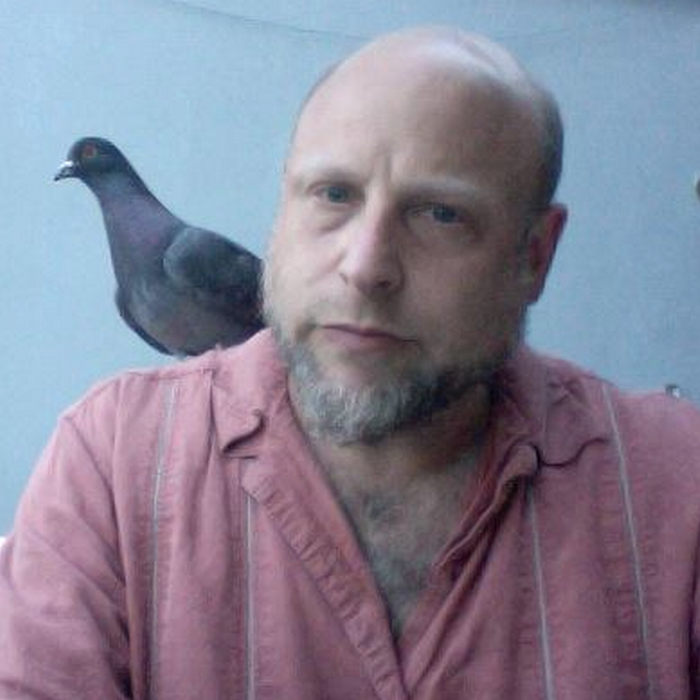This is not a comparison between the Holocaust and Slavery: Part Two.
Jun 16 2018

The biblical character Moses figures in the liberation theology of both, though ironically more so in the Captivity than in the Shoah. The Shoah's iconography of liberation tends more toward the Maccabean than the Mosaic. Although there are both armies and solitary figures of liberation associated with both mass atrocities, in the Shoah the main figures of resistance, the partisans and the Allies, are armies, akin to the Maccabees if anything biblical, and the downfall of the bureaucratic/industrial enemy is a military one; while Harriet Tubman, guiding her people to freedom through the Underground Railroad as the Moses figure of the Captivity, looms large; liberation depends on the courage and perseverance of individual heroes in the face of interpersonal if pandemic human hatred, hatred that was enacted anew every time an individual crime against dark-skinned humans was committed.
In a Moment of Truth that is definitely not all about comparing the Holocaust and Slavery, Jeff Dorchen compares the aesthetic aspects of the Holocaust and Slavery, and figures out what those differences have to say about oppression, history, racism, fear, art and memory.
Guest
Jeff Dorchen
Jeff is a visual artist, songwriter/musician, actor, essayist, fiction writer, poet, playwright and screenwriter. He's been a playwright, songwriter, and performer with Chicago's Theater Oobleck since 1988, a writer and actor with Red Baron Films since 2000, and a contributor to This Is Hell! since 1996. He currently lives in Los Angeles. He writes the Substack, Right Twice A Day.
More with Jeff Dorchen






